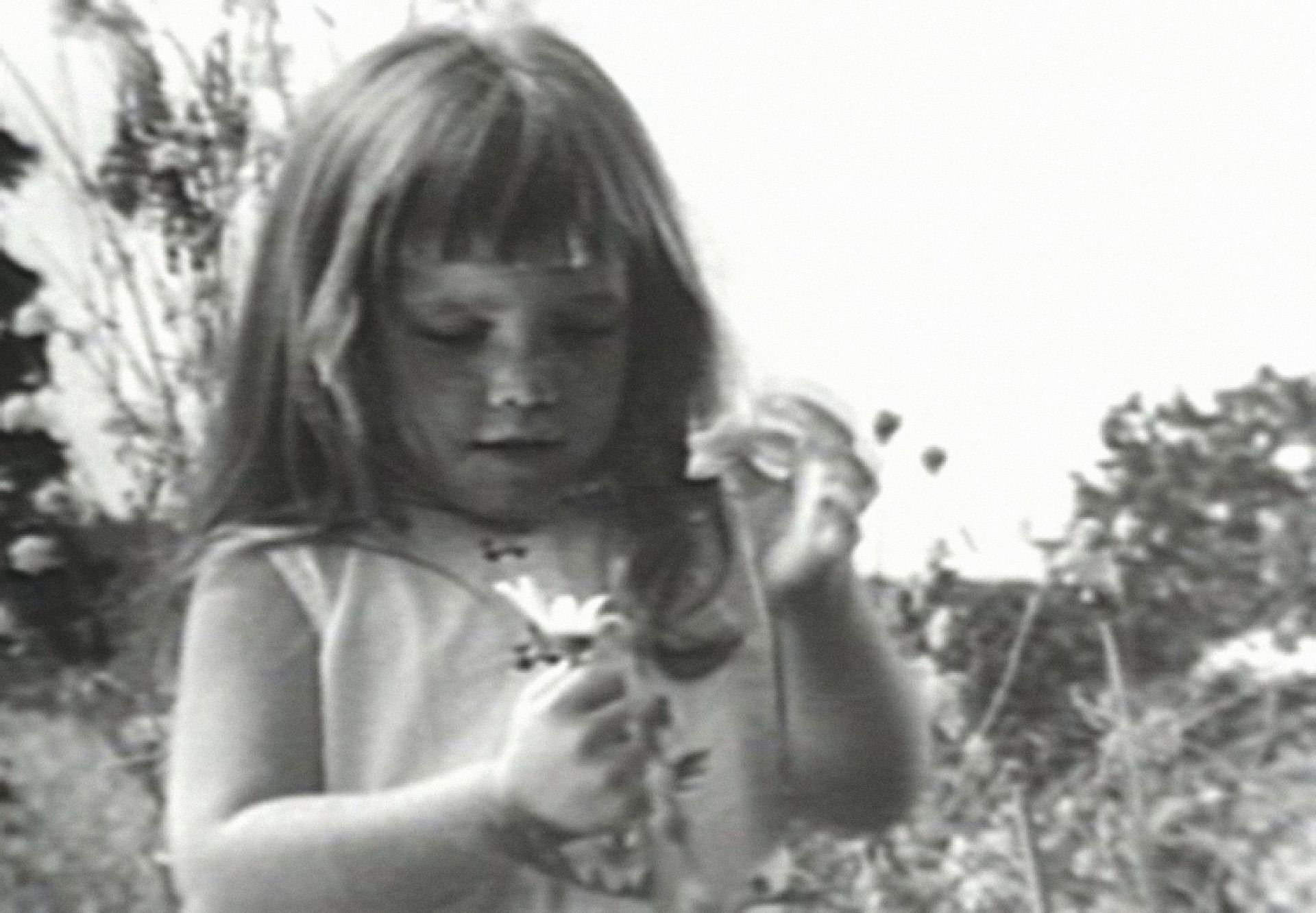As an already contentious presidential election heats up, the Toledo Museum of Art (TMA) in Ohio has staged an exhibition that deciphers political advertising. I Approve This Message: Decoding Political Ads (until 8 November) includes over 50 ads, from the first ever television spot aired in 1952 to those from the 2012 presidential election—all projected onto the 7000-sq. foot gallery space. The show is aimed at timeliness: it opened days before the Republican and Democratic national conventions and closes on Election Day.
“Behavioural studies have informed us that [in order to] change someone’s mind, you need to let them sift through the information themselves,” says Harriett Levin Balkind, who co-organised the exhibition. By informing viewers about some of the ways that advertising manipulates their emotions, the show aims to “turn visitors into critical thinkers who want to dig deeper and become more open-minded, so that we can go forth with civil debates that are less skewed by our feelings and based on real issues,” Balkind says.
Some of the more formidable ads are those that cast past candidates in ways that differ from the public memory of them. In the Nixon Now ad (1972), images of cheerful supporters and upbeat music portray the disgraced president as an “approachable, fun candidate, which is a model that has been replicated, campaign after campaign, including in this cycle by Bernie Sanders,” says Adam Levine, the museum’s associate director.

The show will also include the controversial ad Daisy (1964), Lyndon B. Johnson's famous attack on Barry Goldwater that depicts a little girl peacefully plucking flower petals before a nuclear bomb explodes. That ad “is usually followed by a stunned silence—everyone is shocked the first time they see it,” Levine says.
Despite the shock factor that some of the ads hold, the organisers say that political advertisement has not changed too much since its inception. “[Although] there have been noticeable changes in the production techniques and target audiences of television campaign spots, the visual and auditory cues have remained remarkably consistent, as have the emotions that the ads are appealing to,” Levine says.
Decoding these ads objectively, “in the same way that you would when you’re trying to decipher symbolism in fine art,” Levine says, is an exercise that the organisers hope will reveal to visitors how “visual literacy methods, like what you learn at the museum, can have a real daily use.”

